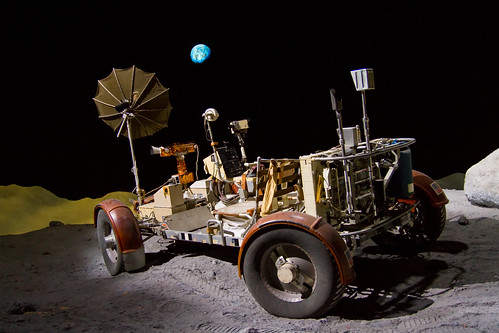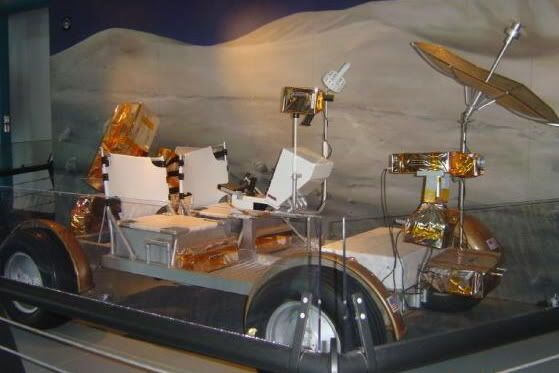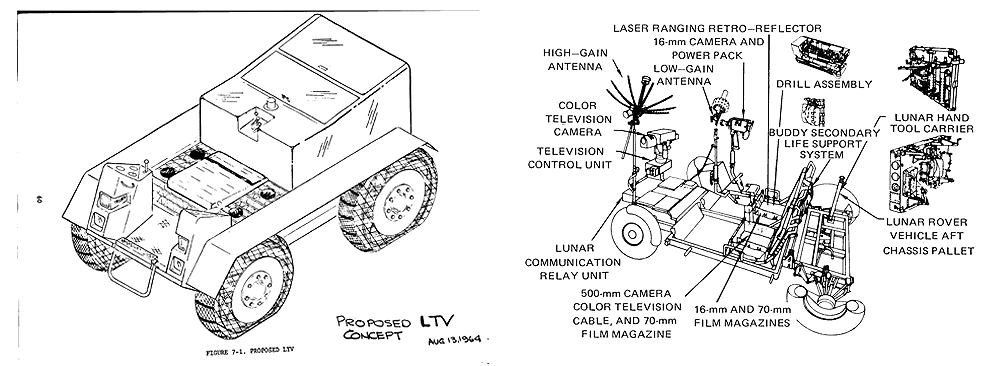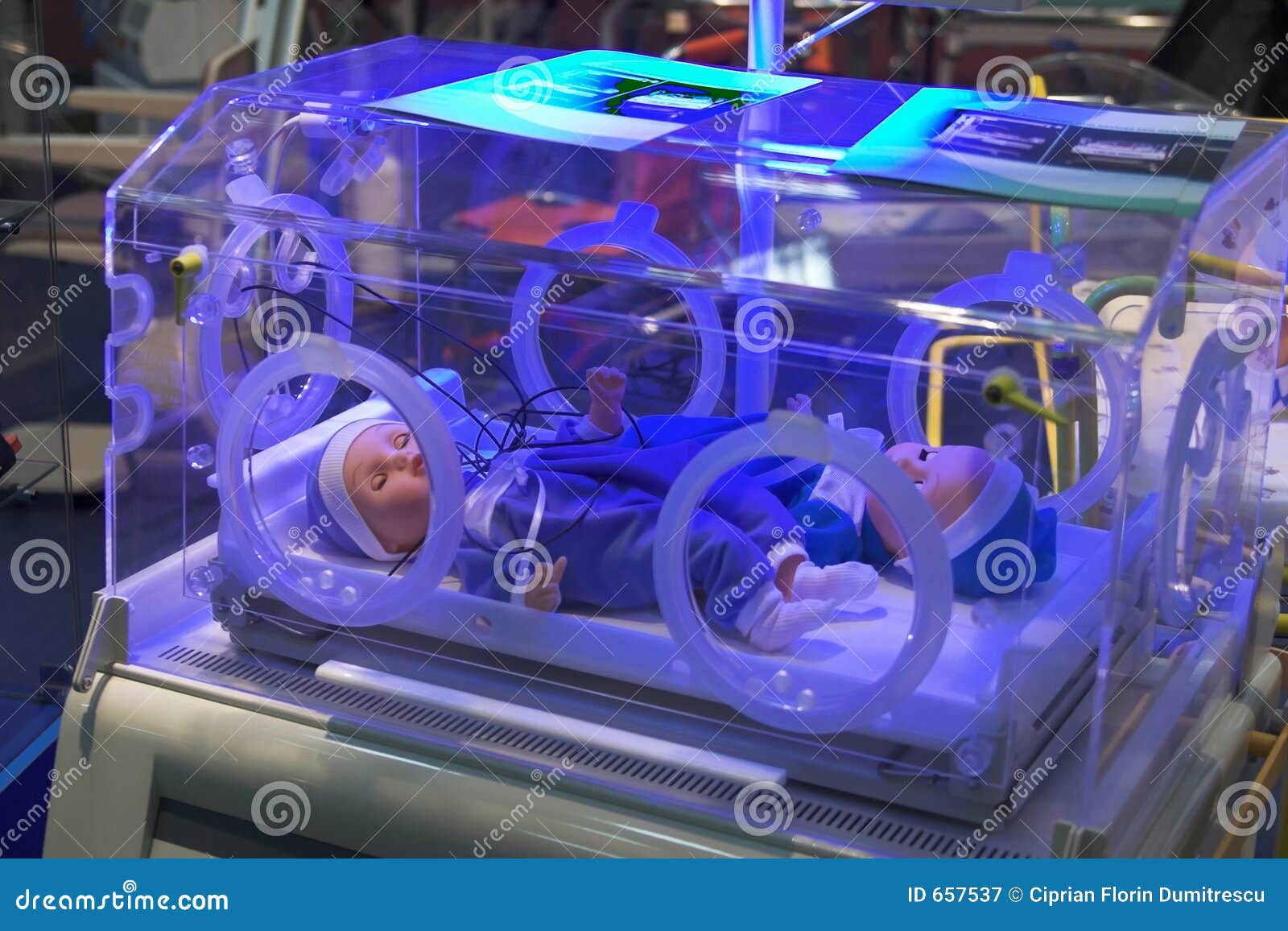Gregorio Y. Zara
[url] http://en.wikipedia.org/wiki/Gregorio_Y._Zara [/url]
[IMG]  [/IMG]
[/IMG]
The Zara Effect[edit]
He discovered the physical law of electrical kinetic resistance called the Zara effect (around 1930)[1]
Invention of his life and His Theory[edit]
[B][SIZE=5]View of a 1972-73 Mod II AT&T Picturephone
The Filipino scientist Gregorio Y. Zara (D.Sc. Physics) invented, made improvements to, or discovered the following:
He improved methods of producing solar energy including creating new designs for a solar water heater (SolarSorber);
A sun stove, and a solar battery (1960s);
Invented a propeller-cutting machine (1952);
He designed a microscope with a collapsible stage
helped design the robot Marex X-10;
Invented the two-way television telephone or videophone (1955) patented as a "photo phone signal separator network";
Invented an airplane engine that ran on plain alcohol as fuel (1952);
Contributions[edit][/SIZE][/B]
He traveled extensively in the United States, the Far East, Malaya, Asia, and Europe to conduct investigative surveys. His research works and technical papers were published not only in the Philippines but in Europe as well. His books, L’etude du compass, Magnitique e induction, and his article, “L’etude seismologique de 1’0 de secondaire,” were published in Paris, France in 1930. His locally published research works were “Development of Commercial Aviation in the Philippines,” “Prediction of Airplane Performance at a Glance,” “Commercial Aviation in the Philippines”, “The Technical Aspect of the Arais & Calvo Manila-Madrid Flight,” “Photo elastic Stress Determination,” “The Propeller-Cutting Machine,” and “Industrial Alcohol as Aircraft Fuel.” He has a total of 30 devices and equipment patented to his name. Namely: earth induction compass, used by pilots for direction; the vapor chamber, used to visualize radioactive elements; the wooden microscope; solar energy devices for areas not reached by power lines; a functional robot; the photo-phone, which allowed audiovisual phone conversations; a functional alcohol-fueled plane; wooden aircraft propellers; and a corresponding propeller cutting machine. Dr. Zara became internationally known for his scientific inventions. His magnetic and induction compass was awarded the “Brevet d’ invention” by the Ministre de Industrie of the Kingdom of Belgium. His invention of the semi-automatic propeller making machine and the first aircraft engine using industrial alcohol as fuel drew admiration from aviation circles throughout the world. The other products of his inventive genius included the “solar-sorber,” which makes use of solar power for ordinary household needs, and the two-way “television-telephone,” a device that permits a caller to see the picture of the party being called, and vice-versa.
Local Awards[edit]
Zara was much honored by his countrymen. He was presented diplomas of merit by the Business Writers Association of the Philippines (1951), the Philippine International Fair (1952) and by the Society of Filipino Inventors (1955). He received meritorious citations as the “Propeller Maker of the Year” (1952) and the “Aeronautical Engineer of the Year” (1953) by the Civil Aeronautics Administration. A Presidential Diploma of Merit and Distinguished Service Medal in 1959 for his pioneering works and achievements in solar energy, aeronautics and television; Presidential Gold Medal and Diploma of Honor for Science and Research in 1966; and Cultural Heritage award for Science Education and Aero Engineering, 1966. In 1978 he was conferred the Order of National Scientist by former President Ferdinand Marcos.[2]
On October 15, 1978, at the age of 76, Dr. Zara died of heart failure. He was survived by his wife, the former Miss Philippines and Queen of the 1933 Philippine Carnival, Engracia Laconico, and four children: Antonio, Pacita, Josefina, and Lourdes. The Philippine government accorded him a state funeral at the Libingan ng mga Bayani.


















